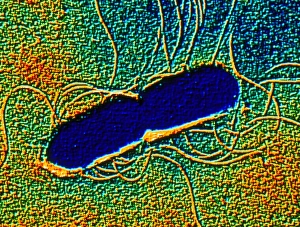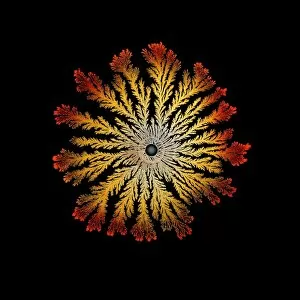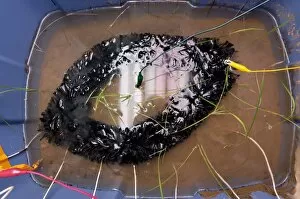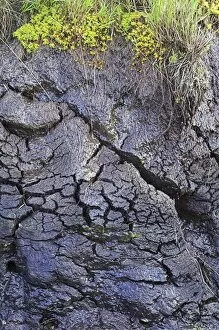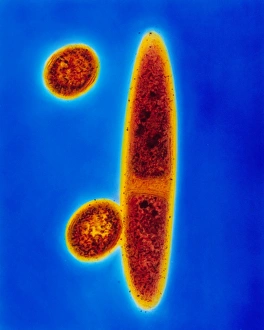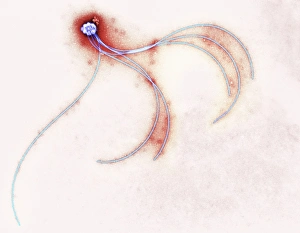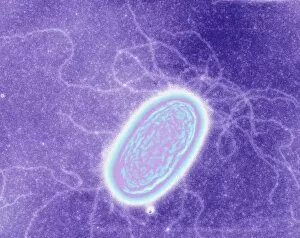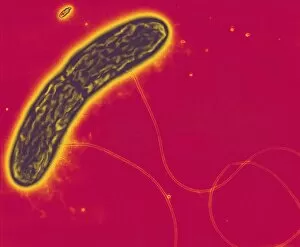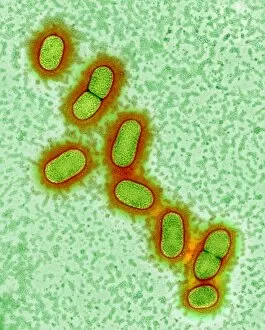Anaerobic Collection
"Unveiling the Invisible: Anaerobic Microorganisms and their Impact on Health" Delving into the depths of microbial world
All Professionally Made to Order for Quick Shipping
"Unveiling the Invisible: Anaerobic Microorganisms and their Impact on Health" Delving into the depths of microbial world, we encounter Propionibacterium acnes C014 / 0631, a key player in acne formation. Pyrococcus furiosus archaea artwork reveals the fascinating extremophiles thriving in extreme heat environments. Exploring nature's filtration system, the gravel filter acts as a silent hero in removing impurities from water sources. Nanobots take center stage as they launch an attack on the cholera virus, showcasing promising advancements in medical technology. A conceptual image of cholerae bacteria reminds us of the devastating impact this pathogen can have on communities worldwide. Vibrio cholerae causing cholera is depicted through a striking conceptual image, emphasizing the urgency to combat this infectious disease. Grouped together like a microscopic army, Escherichia coli bacteria cells (E. coli) remind us of their presence and potential health risks if not properly managed. Peering through a microscope lens unveils intricate details of various bacterial species - truly awe-inspiring. Another glimpse at vibrio cholerae causing cholera reinforces our understanding that prevention and treatment are vital for public health efforts. Helicobacter takes center stage as its conceptual image highlights its role in gastric ulcers and other gastrointestinal disorders.



